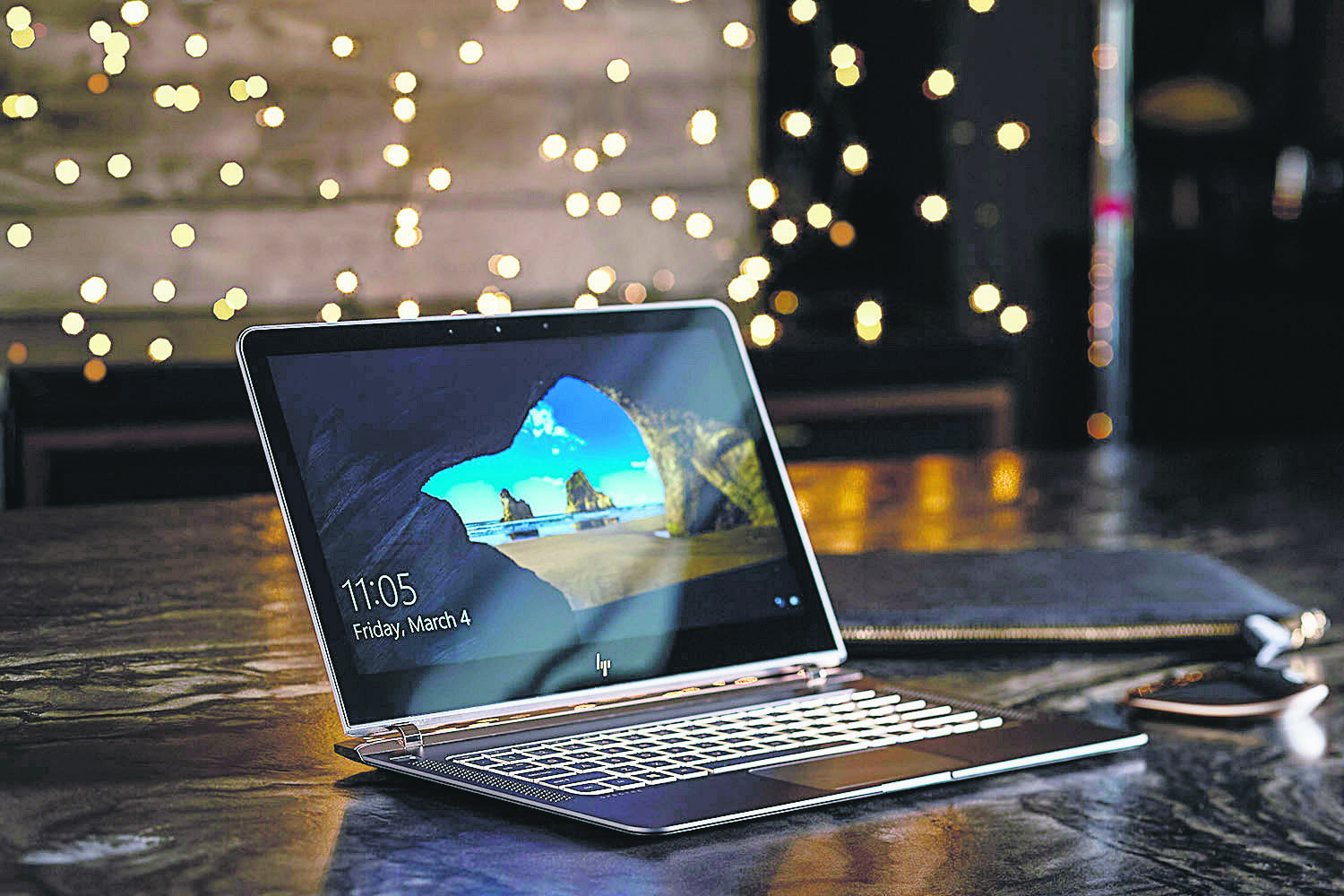© Turkuvaz Haberleşme ve Yayıncılık 2025
People say "I cannot believe my eyes" when they see something shocking, terrifying or beautiful. Artists witness digital transformation from time to time just like scientists, and the passion for change in perception and decomposition has become a common weakness of both. Having played an important role in digital transformation, it is not hard to understand the interest of scientists in art. A couple of years ago, I saw artwork that mocked humankind's hope for persistence at Borusan Contemporary's DATASCAPE exhibition at Istanbul's historic Perili Köşk. I thought that the reoccurring motions became different in space-time. The phrase "I cannot believe my eyes" suddenly became a regular description for what I was experiencing. Years later, when my caricaturist friend was drawing on his tablet computer, he asked me which sketch was the original and I avoided the question by just saying the original is evaluated according to space-time.
Originality in digital art
Then it hit me: What really was the original work? Does the feeling of originality get lost in an innumerable amount of artwork? The ever-changing digital world directly affects art and artist, and digital evolution creates a metamorphosis by affecting popular culture at its core.
The museum's website describes the artwork featured in DATASCAPE as follows: "The artists who participate in this exhibition somehow perpetuate this tradition of depicting our environment – whether real or enhanced by imagination. In doing so, they also reflect upon the intricate blend of visual information and the data enhancement that has modified our perception of the world. Each takes a different approach and reveals various aspects of the shifts brought by technology to the landscape."
The line between the virtual and real world
What does the naked eye see? Do we interpret what we see in the same way that our ancestors did? Landscapes have become an ever more complex construct, a composite that is as much an interface as are our multiple screens such as telephones and computers, which in turn continue to increasingly look like landscapes. It is noteworthy that the Japanese language refers to "nature" as the set of elements that compose the stage of our daily lives. It is a blend of pre-existing and artificial components. Similarly, one could conceive of the landscape as the context for our existence. Just think again about what we consider nature and what we consider information. This enhanced reality is a new landscape, a datascape.
Picturesque Istanbul
The legacy of traveling painters that represents the last years of the Ottoman Empire has been kept alive after 200 years and their work is now digitized. Head to the Naval Museum in Beşiktaş to closely see the historic beauty and nature that existed at that time. Having started on April 12, the exhibition "Pitoresk Istanbul" (Picturesque Istanbul) presents the work of traveling Western painters from the 19th century, including Melling, Schranz, Allom, Bartlett, Lewis and Aivazovsky, with enormous screens through the use of digital travel books. The exhibition's first section gives interactive information about six artists. Visitors then visit the CodexArt, which houses giant 60-meter-high surfaces. Nineteenth-century Istanbul can be explored in a 35-minute show. Directed by Bülent Özükan and curated by the Boyut Publishing Group's team, the exhibition hosts live performances by Anjelika Akbar every Friday and Saturday. Featuring English and Arabic subtitles, "Picturesque Istanbul" will run through May 22.
Design and luxury coincide in PCs

When we buy a smartphone, tablet or computer, our feelings, to a certain extent, are involved in our purchasing behavior more than our minds. The emphasis on luxury in design has come to the forefront. Thinking that technology has removed the necessity of handling your business in a single place, it would not be wrong to say computers should reflect their users' lifestyles. Devices that are lighter and have longer-lasting batteries are in higher demand.
Tech company Hewlett Packard (HP) and prominent high-street name Harvey Nichols, which provides the luxury products of famous fashion houses, have collaborated to bring a new line of laptops to the public. The HP Premium series laptops HP Spectre x360 and Envy 13, which bring high performance and elegance together, are on sale at Harvey Nichols as of April 22. Pre-orders have started for purchasing the world's thinnest laptop, the HP Spectre 13, which is planned to be launched in June.
The new HP Spectre that was introduced at the New York Times International Luxury Conference by HP set the bar high in premium PC experience. Technology meets fashion with HP's new laptop, which is as thin as an AAA battery and weighs only 1.1 kilograms. The new laptop is expected to give acceleration to the shrunken computer market and Windows 10 Eco mode.
On the other hand, the 4K resolution usage increases day by day and creates demand for high-resolution screens for editing photos and videos. At the same time, high sound quality has become an in-demand feature for games, music and films
